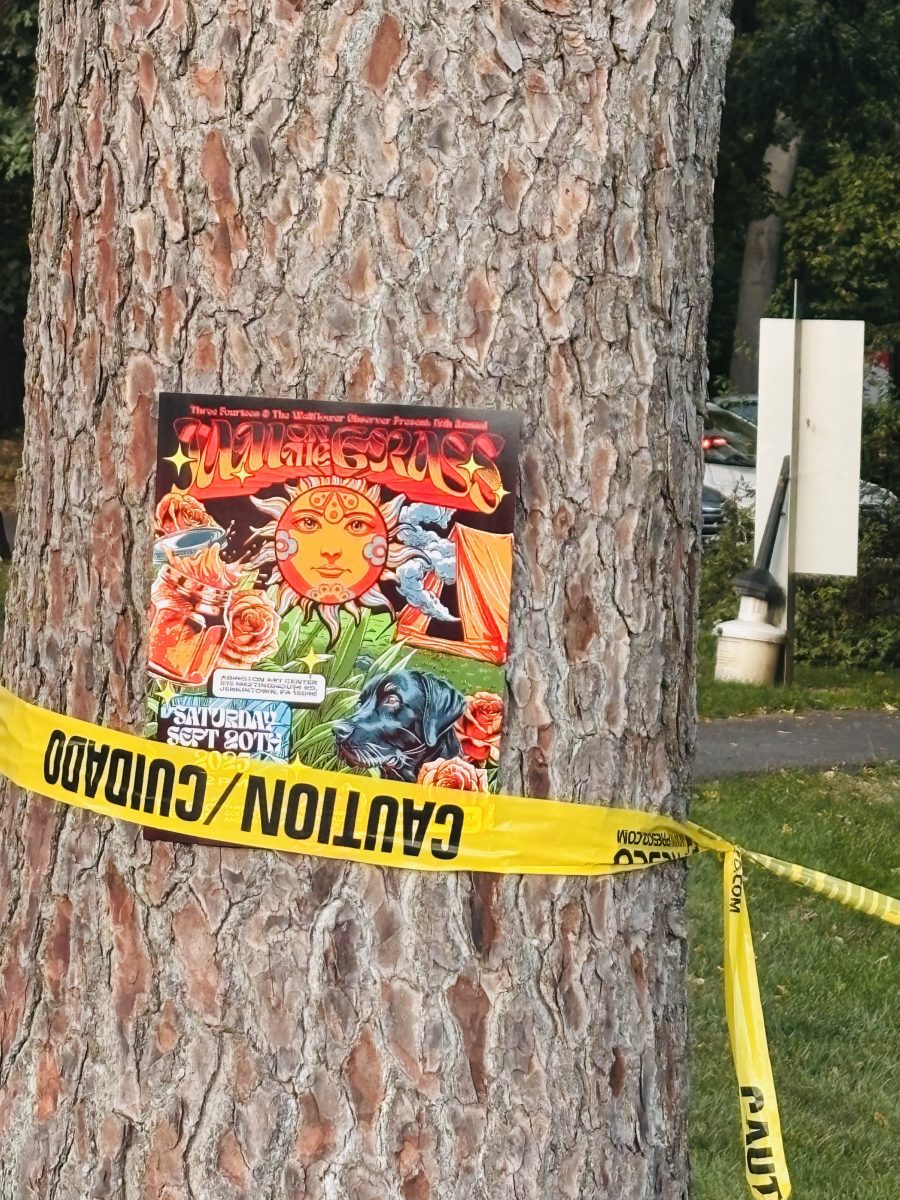by Max Miller
Among a certain breed of crate-digging vinyl fetishists, few names are more sacred than the Sonics. The Tacoma-based garage rock group released two albums in the mid-’60s full of ramshackle covers and unhinged originals like “Strychnine”, “The Witch” and “Psycho”, which easily put the likes of “Wild Thing” or “ Louie, Louie” to shame. By 1967, the wheels had somehow fallen off the wagon, and the Sonics disbanded while still seemingly doomed to obscurity.
Fortunately, following the era of Nuggets compilations, the birth of punk and numerous garage rock revivals, no amped-up rock group is allowed to stay dead for too long.
“We kept getting phone calls from a promoter in New York City who was asking us to get together again and do a show,” says Larry Parypa, original guitarist of the Sonics. “For a couple of years, we just said, ‘No. We don’t play music anymore. We don’t see each other anymore.’ But he kept calling. That was a guy named Jon Weiss from CAVESTOMP! [Records].”
But Weiss was persistent, going so far as to call Parypa at home. Although various line-ups of the Sonics have toured here or there over the decades (and even released records, albeit ones often comprised of live or re-recorded versions of the old material), core members Parypa, vocalist/keyboardist Jerry Roslie and saxophonist Rob Lind had not performed together since their heyday.
“There’s no way any of us thought we’d be playing music again, individually or as the Sonics,” Parypa says. “It was kind of freaky that it happened that way. We all had mortgages and kids and stuff like that. I really didn’t even listen to music that much after the Sonics broke up, and I certainly didn’t pick my guitar up and play it very much.”
In 2007, on somewhat of a lark, the group finally decided to take Weiss up on his offer.
“When we got together to decide whether we wanted to start playing again or not, we had to learn our old songs,” Parypa says. “We played the same way, basically, that we did in the ‘60s because we had not stayed current with music. We didn’t become good musicians. We never were and still aren’t.”
Satisfied with the results of their rehearsals, the Sonics reunited in November 2007 for two nights at the Warsaw in New York City. The shows were a success, and the group decided to keep rolling with their newfound momentum.
“It was frightening to us, but it was good enough that we thought we should keep on going with it as long as it would last,” Parypa says. “It was frightening because technology had changed so much. When we were playing back in the ‘60s, they didn’t even have stage monitors yet. When we confronted stage monitors in New York in 2007, it really was kind of freaky. We weren’t used to hearing ourselves that way.”
Since then, the Sonics have toured across the States, Europe, Brazil, Australia, New Zealand, Japan, Mexico and more. It’s a far cry from the old days, when they were mostly confined to the Northwest.
“In the Northwest, they had dance halls. Teenagers would pay their $1 admission or whatever it was to go to a dance hall that might hold 800 people,” Parypa says. “We played a lot of those, and we played several shows in a stadium or colosseum in Seattle where we’d be an opening act. Now, in Las Vegas, for example — the last place we played in — my understanding is that there were 3000 people there, and the night before, because it was outdoors, there were probably twice as many.”
Although the Sonics put out a 10” EP called 8 in 2010, they still had not released a proper studio album since the ‘60s. That changed this March with the coming of This Is the Sonics. The production may sound more modern, and Jerry Roslie’s voice may sound even more gravelly than it did back in the day, but the record otherwise sounds like classic Sonics, full of barnstorming two-minute originals and frantic covers — something of a specialty when it comes to the group.
“Most of the time, we do the essence of the song, but we change it so much to fit our style that it’s hard to recognize it as a cover, really,” Parypa says. “Rob, for example, thought we should do [Marty Robbins’] ‘Sugaree,’ and I couldn’t see that. But we got together and somehow it evolved into something that was hardly anything like the original, but it was our take on it.”
The record also features a cover of “The Hard Way” by the Kinks, who the Sonics toured with when they played the Midwest in the ‘60s. Although the Kinks found more success with the kind of bulldozing power chords the Sonics also employed, Parypa says both bands influenced one another on the road.
“Two or three years ago, [Kinks vocalist/songwriter] Ray Davies had us come to London to play a show at the London Philharmonic or something — big venue, several thousand people,” Parypa says. “He had us come there, and he introduced us to the audience and described how we played together in the ‘60s and told the audience ‘the Sonics had the garage before the Kinks even had a car to put in the garage.’”
This Is the Sonics will certainly be heralded as a classic by the garage rock aficionados who have sung the Sonics’ praises all throughout their considerable hiatus. Although the band never set out to lay the foundations for an entire style of music — they were, after all, just kids with a desire to make a righteous racket — they have embraced their position as garage godfathers.
“I think it’s an individual perspective as to why somebody would want to play this straightforward, energetic rock ‘n’ roll,” Parypa says. “It took years for me to figure out what a garage band even is — is it where you play or how you play? Now I think garage rock is playing to your ability; instead of technical expertise, it was an attitude. It’s not detrimental to us. It’s just another style, I guess.”
The Sonics play the Theater of Living Arts on April 12. This Is the Sonics is out now on Revox Records.








